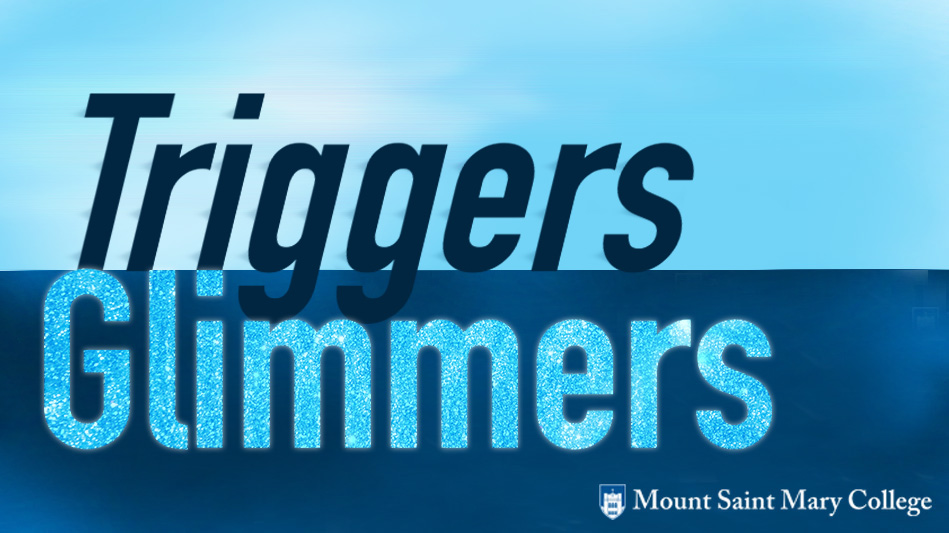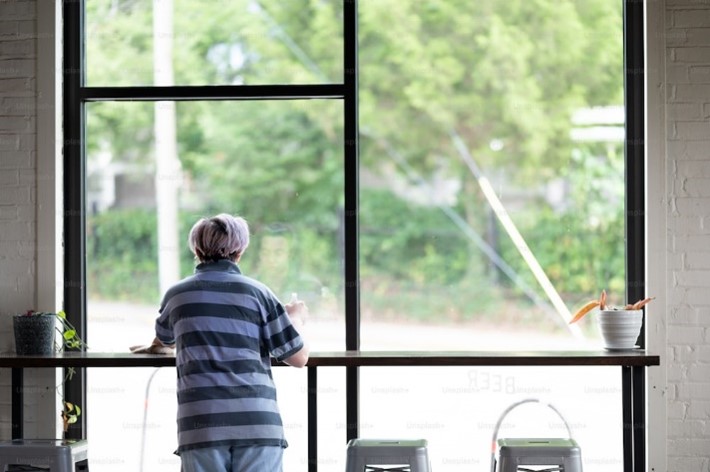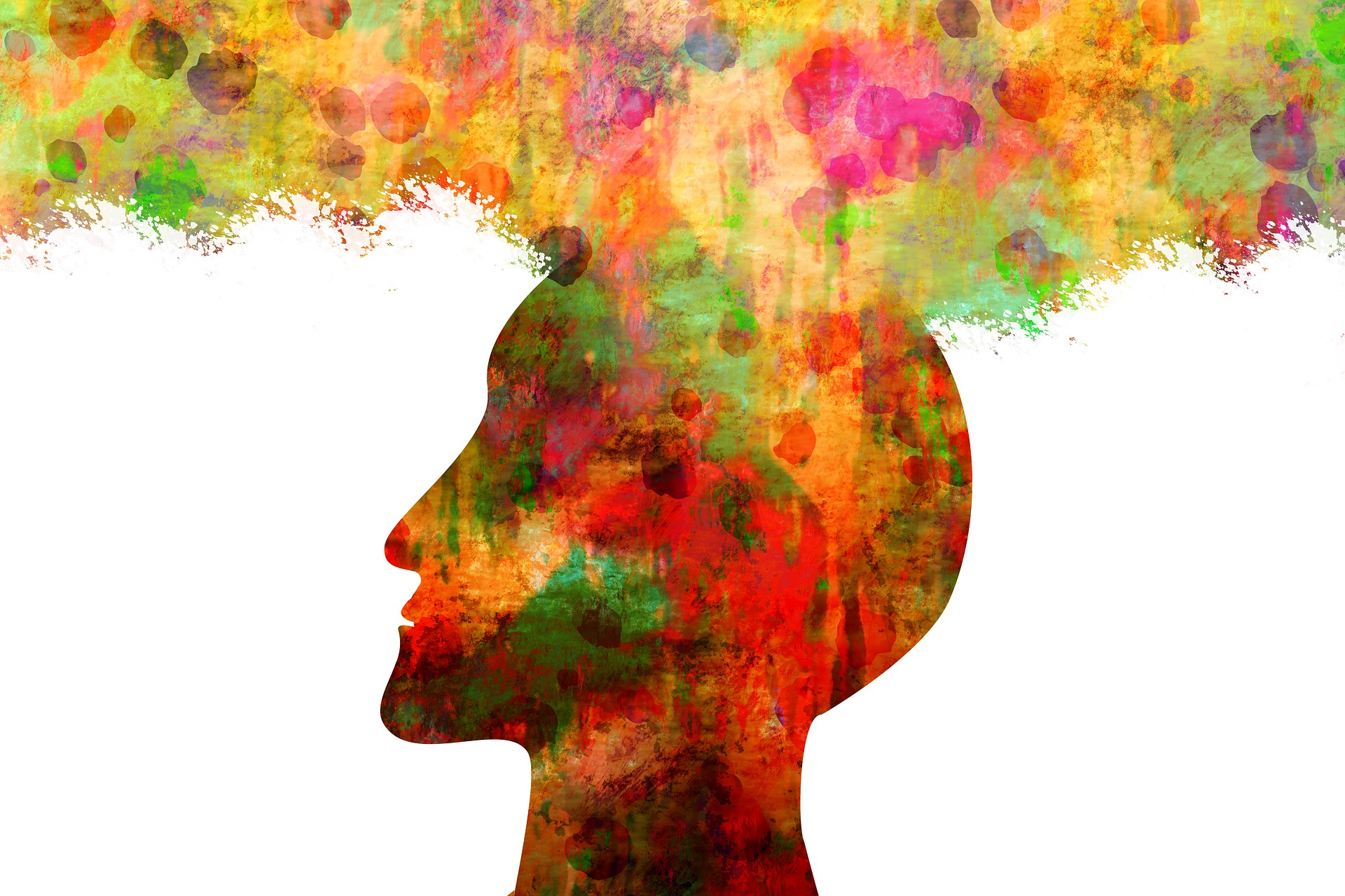by Dr. Dominique Verpoorten, Lecturer (Learning Sciences), IFRES-University of Liège, Belgium
In this post, I’d like to introduce the notion of « reflection amplifier » in relationship with the notion of “reflection-in-action”.
Common sense tells us that reflection lies somewhere around the notion of learning and thinking. People learn as a result of reflecting. Reflection is practised in order to consider an object in more detail (Amulya, 2004).
Objects about which reflection can be amplified are innumerable. One can boost thinking on life, space, love, germs, fossils, butterflies or any content topic. This post addresses one specific topic of reflection: oneself as a learner.
Taking learning as an object of reflection is assumed to be an essential factor of expert learners (Ertmer & Newby, 1996). Reflective practice in formal learning contexts is supposed to gradually increase learners’ awareness of what helps and hampers a consistent orchestration of the various dimensions of their learning processes.
There are a number of methods that are held to encourage reflection on learning. These include learning diaries, portfolios, discussions of learning strategies, use of video and observers in a learning context, etc. These highly valuable approaches address post-practice reflection or what Schön (1983) refers to as “reflection on action”, that is a thinking episode taking place after the event and re-evaluating it so as to gain insight for improvement in the future.
But what about the training of “reflection in action”? Here come the reflection amplifiers (RAs). They present as deliberate, well-considered, and structured opportunities for students to examine and evaluate aspects of their learning experience as they occur. Unlike post-practice introspection assignments (portfolios, learning blogs…), RAs are nested in the study material and offered to individuals during learning activities. In the temporal flow of learning, their contiguity to student’s doings commits them to reflection-in-action more than to reflection on action, though Schön’s (1983) distinction is relative: even a reflection that takes place “in-action” bears on a pre-existing context. But in the case of a RA the interval is supposed to be a matter of seconds or minutes rather than hours. A typical feature of RAs is that they focus learners’ instant reflection on aspects of the learning experience they are currently committed to. RAs therefore present as brief, structured and repeated reflection affordances, interspersed in the learning material and activated during its internalization. These built-in opportunities for reflection are purposed to offer stop-and-think episodes in the course of learning. Examples of reflections amplifiers assigned to students in the course of their learning could be:
- Rate your current mastery of the study material
- Give the degree of confidence you have in the correctness of your answer
- For one minute, evoke mentally the content at hand
- Give an estimation of your feeling of learning
- Write down a question that the teacher could ask on this topic
The word “amplifier” is used intentionally to convey the idea that enacting such affordances for reflection in the course of learning expands the mental context of the task at hand and discloses aspects of it that would otherwise be left untouched.
Reflection amplifiers have in common that they are harnessed to a first-order learning assignment. They serve it but are not confused with it due to their brevity and their meta-learning dimension. Reflection amplifiers are intended to support students at examining aspects of their learning experience in the moment of learning. They induce regular mental tinglings for evaluating “what is going on” (Salmon & al. 2007) and for nurturing internal feedback (Butler & Winne, 1995). They invite learners to think about what they are doing while they are doing it. Through establishing a practice of reflection during learning, RAs provide students with an opportunity to develop a habit of and a positive attitude towards thinking about learning.
By providing students with deliberate and structured opportunities to examine and evaluate their own learning while this learning unfolds, RAs instantiate a form of “split screen teaching” (Claxton, 2006), that consists in maintaining a dual focus on the content of the lesson and the learning dispositions and processes that are in play. Do you practice split screen teaching by sometimes providing reflection amplifiers to your students? What do they look like?
References
Amulya, J. (2004). What is Reflective Practice? Cambridge, MA: MIT – Center for Reflective Practice.
Butler, D. L., & Winne, P. H. (1995). Feedback and Self-Regulated Learning: A Theoretical Synthesis. Review of Educational Research, 65(3), 245-281.
Claxton, G. (2006, September). Expanding the capacity to learn: a new end for education? Opening keynote address presented at the British Educational Research Association Annual Conference, University of Warwick, UK.
Ertmer, P. A., & Newby, T. J. (1996). The expert learner: Strategic, self-regulated, and reflective. Instructional Science, 24(1), 1-24.
Georghiades, P. (2004). From the general to the situated: three decades of metacognition. International Journal of Science Education, 26(3), 365-383.
Salmon, P., Stanton, N., Jenkins, D., Walker, G., Young, M., & Aujla, A. (2007). What Really Is Going on? Review, Critique and Extension of Situation Awareness Theory. Engineering Psychology and Cognitive Ergonomics, 4562, 407-416.
Schön, D. (1983). The Reflective Practitioner: How professionals think in action. London: Temple Smith.
More about RAs:
http://orbi.ulg.ac.be/handle/2268/186755
http://orbi.ulg.ac.be/handle/2268/151345
http://orbi.ulg.ac.be/handle/2268/169931
http://orbi.ulg.ac.be/handle/2268/156417




